Description
BABY MASTODON MOLAR
Mammut americanum
Pliocene – Pleistocene FL
1 1/4″ by 1 3/8″ $325 order e428
COMMENTS: one corner was broken and now glued, but nothing missing, beautiful little cap. The unfortunate animal probably died just before this tooth erupted, as the enamel had formed and hardened, but the roots had not, and there is no wear.
Background
Mastodons were in Florida almost twice as long as mammoths. Hence they are more commonly found as fossils. They were generally shorter, thicker and more heavily built than the mammoths. The males sometimes had two small lower tusks in addition to the large upper tusks. Today, scientists believe hunting them may have caused their extinction in America. They are generally reported as having disappeared from North America about 10,500 years ago. As a result, this was a part of a mass extinction of most of the Pleistocene megafauna.
The range of most species of Mammut is unknown as their occurrences are restricted to few localities, with the exception being the American mastodon. M. americanum fossil sites range in time from the faunal stages. With locations from as far north as Alaska, as far east as Florida, and as far south as the state of Puebla in central Mexico.
Complete mastodon teeth are very hard to find today in Florida. Yet bits of the enamel are often found in rivers and springs.

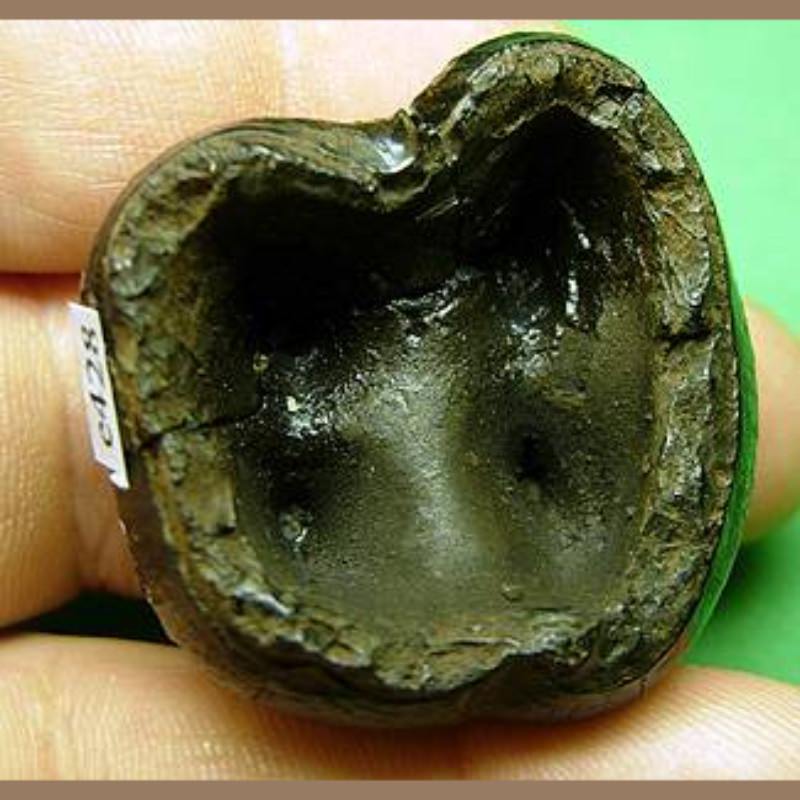
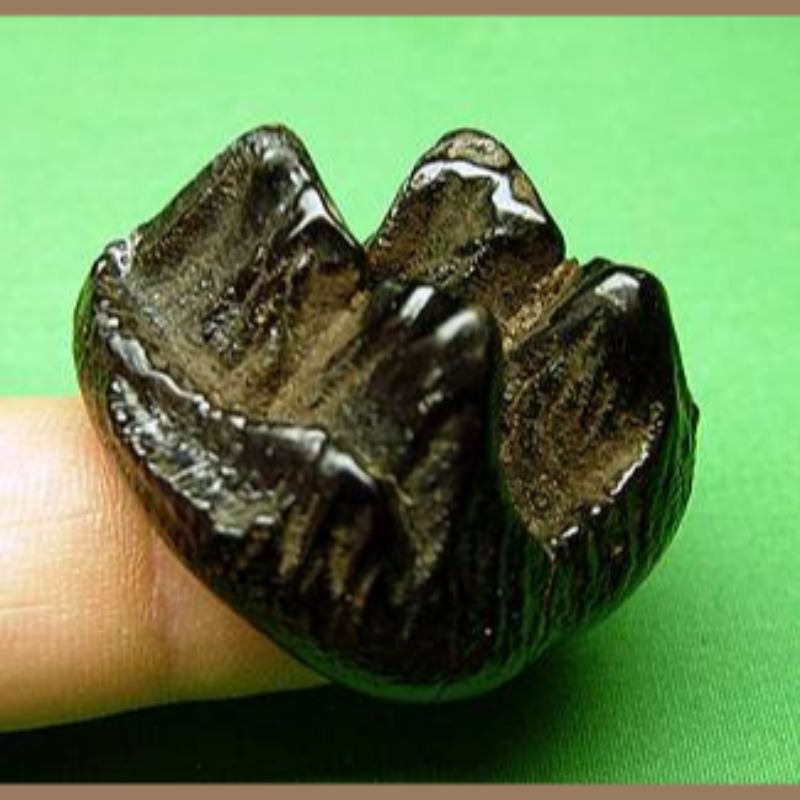
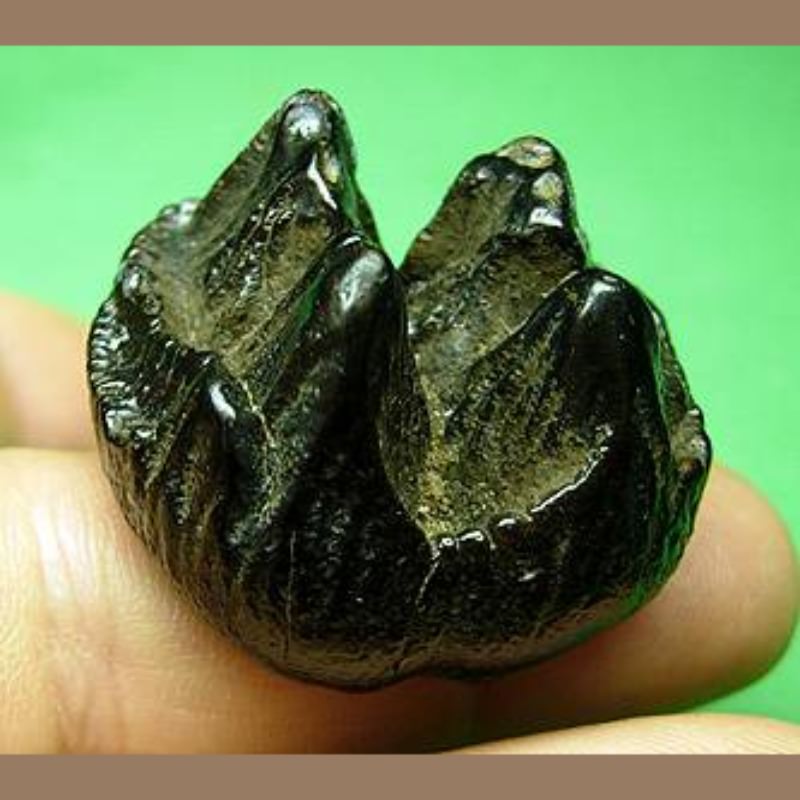

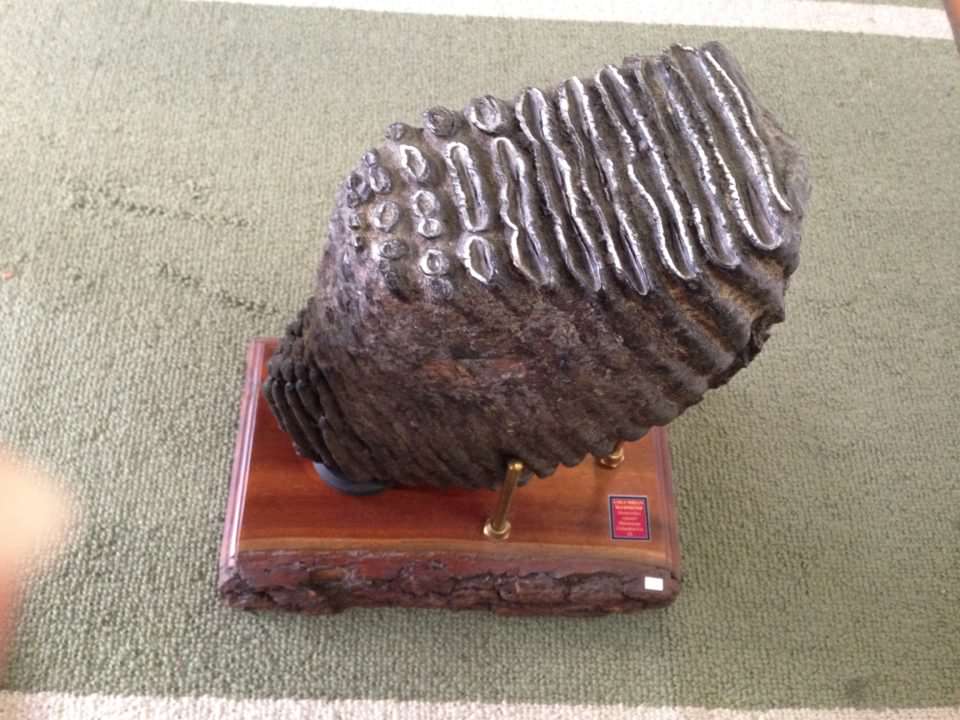
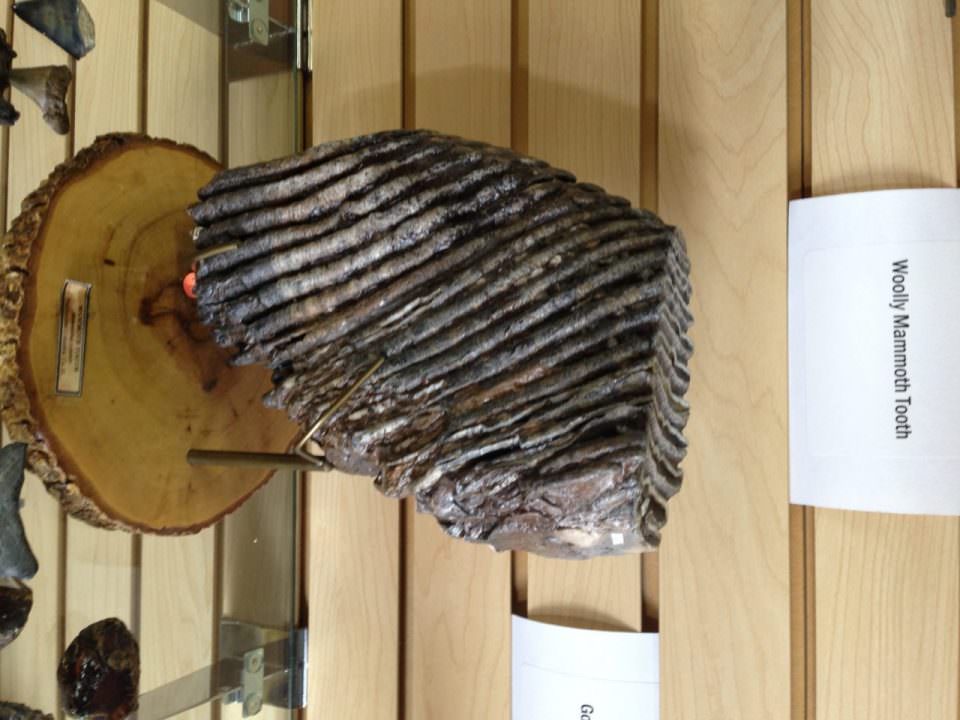
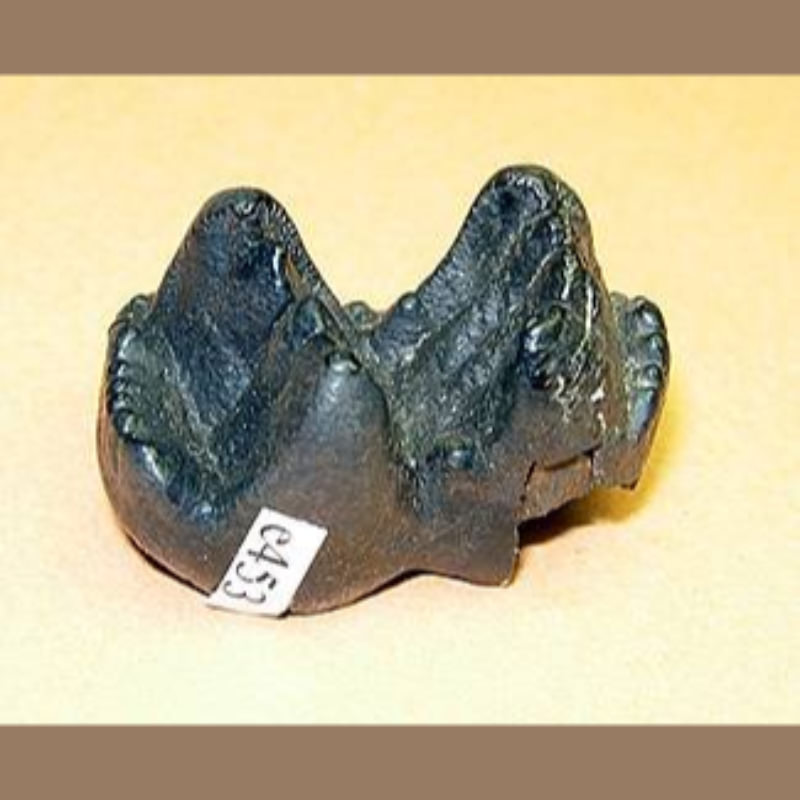
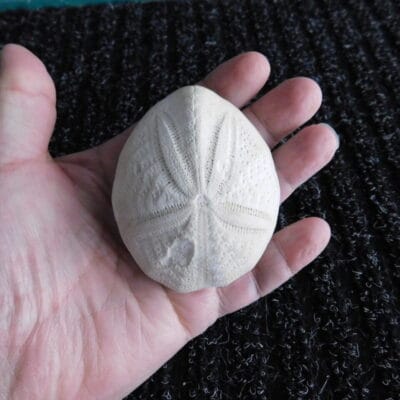
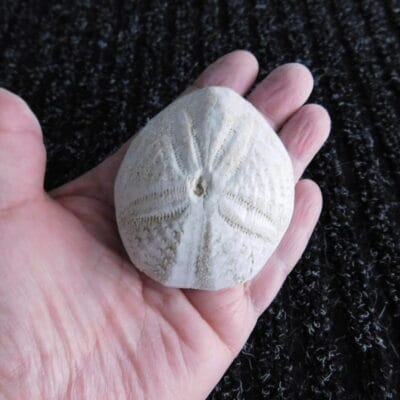
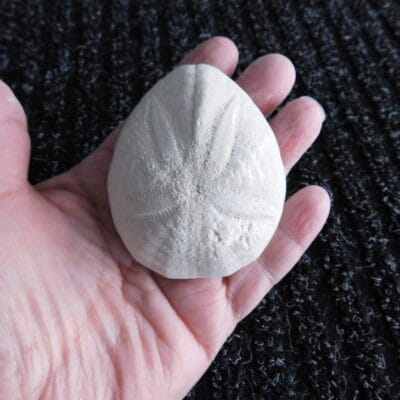
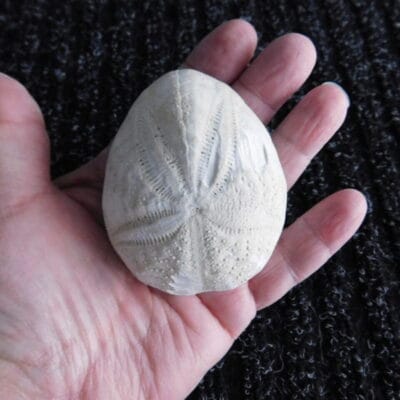
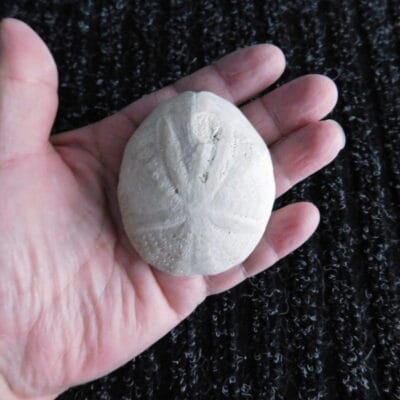
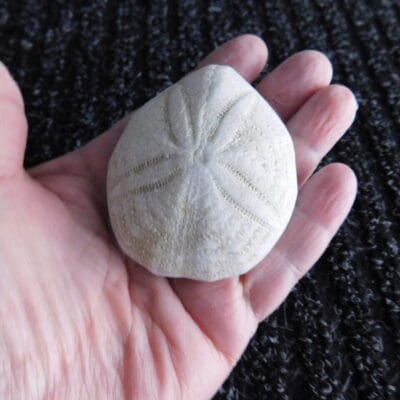
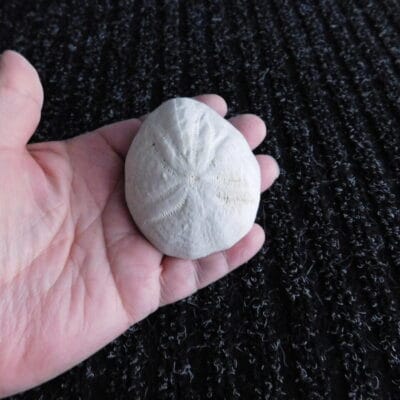
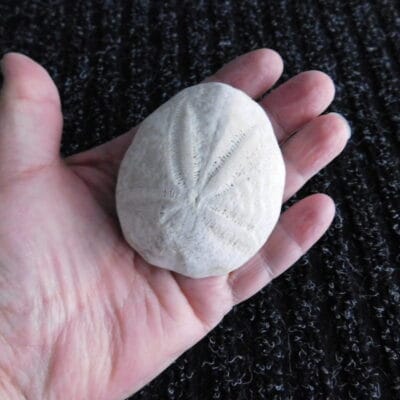
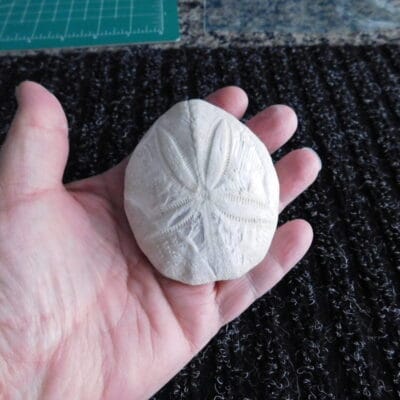
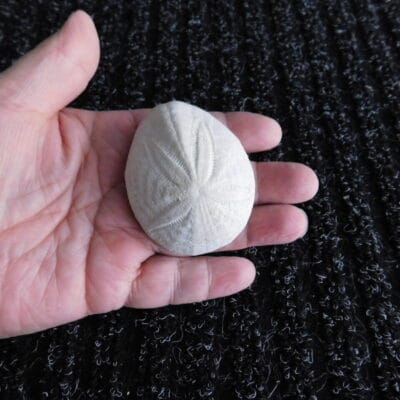
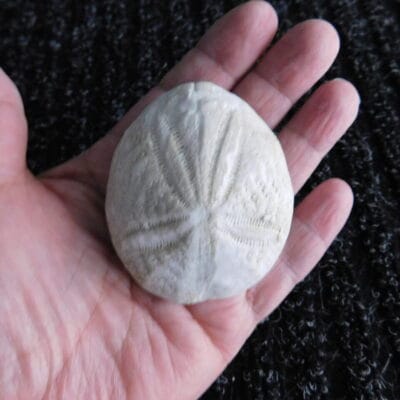
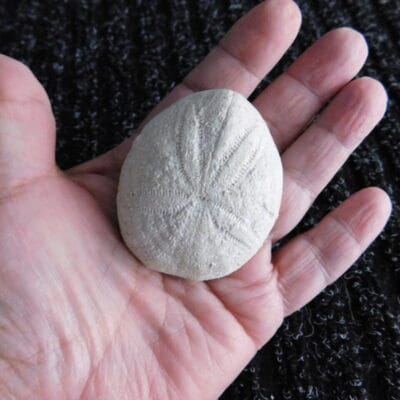
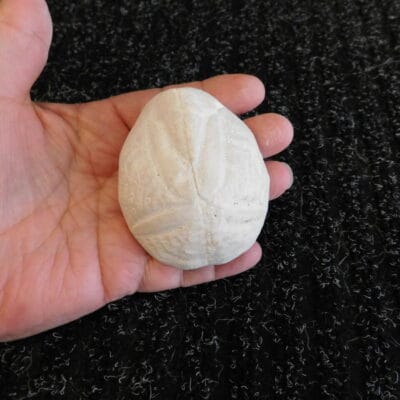
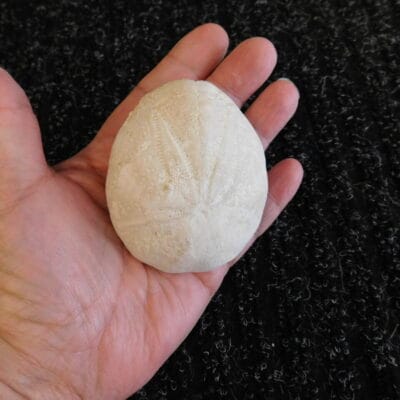
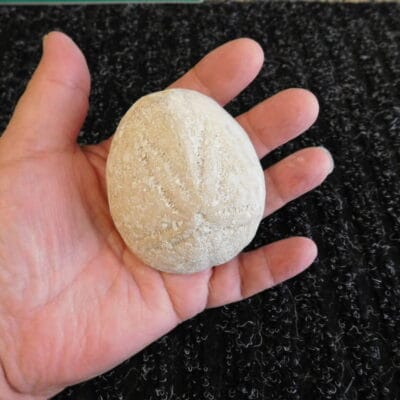
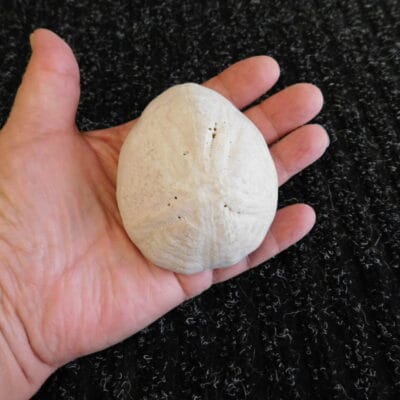
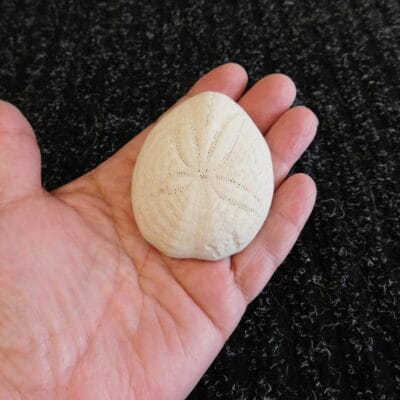

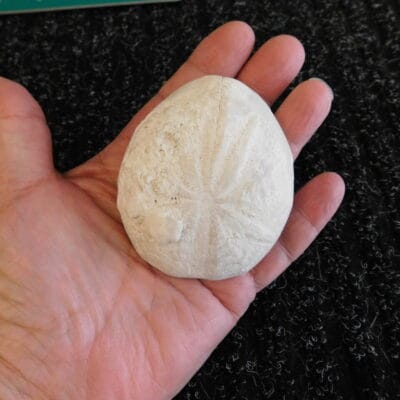
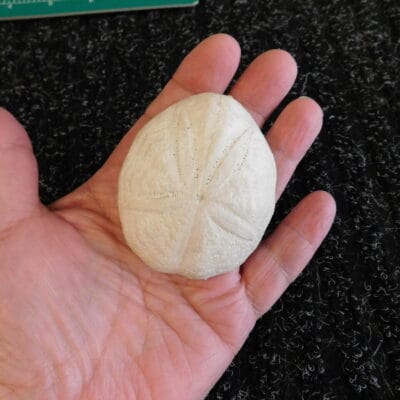
Reviews
There are no reviews yet.